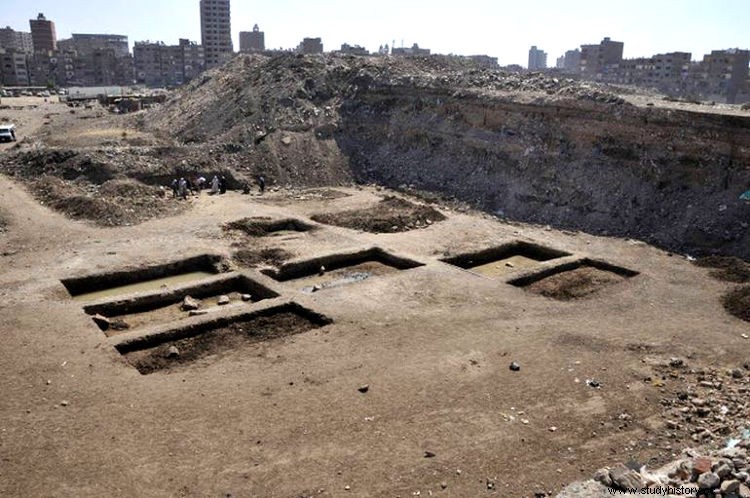The discovery of a mummy of a fetus of just 18 weeks gestation has already made her the youngest ever found. The finding did not occur in Epigto but in the Fitzwilliam Museum in Cambridge, inside a small wooden sarcophagus that had been donated to the museum in 1907,
Already in the tomb of Tutankhamun two mummified fetuses appeared, but both are between 25 and 37 weeks of gestation. According to experts, the meticulousness in the preparation of their tombs demonstrates the importance that the ancient Egyptians gave to children even before they were born.
In this case, the sarcophagus where the mummified fetus was found is about 44 centimeters long, it is made of cedar wood , and was found in the excavations of Giza in 1907 by the British School of Archaeology. Its chronology would be between 664 and 525 BC. Although it is very deteriorated, part of the relief decoration can still be seen.

The fact that since 1907, the date on which the sarcophagus arrived at the museum, no one had bothered to know what it contained is that the researchers assumed that it was, as usual, the remains of internal organs that are removed during the embalming of the bodies.
X-ray examinations were also inconclusive, so it was decided to perform a microtomography, which was carried out in the zoology department of the University of Cambridge. This is how the first images showing the remains of a small human body inside the sarcophagus were obtained.

What they could not specify is the sex of the individual, who has his arms crossed over his chest. All this, together with the rich decoration of the sarcophagus, seems to suggest the importance of this burial in ancient Egypt, which for now remains anonymous.
The sarcophagus can be seen these days in the exhibition on death in Egypt that will be open at the Fitwilliam Museum until May 22.
